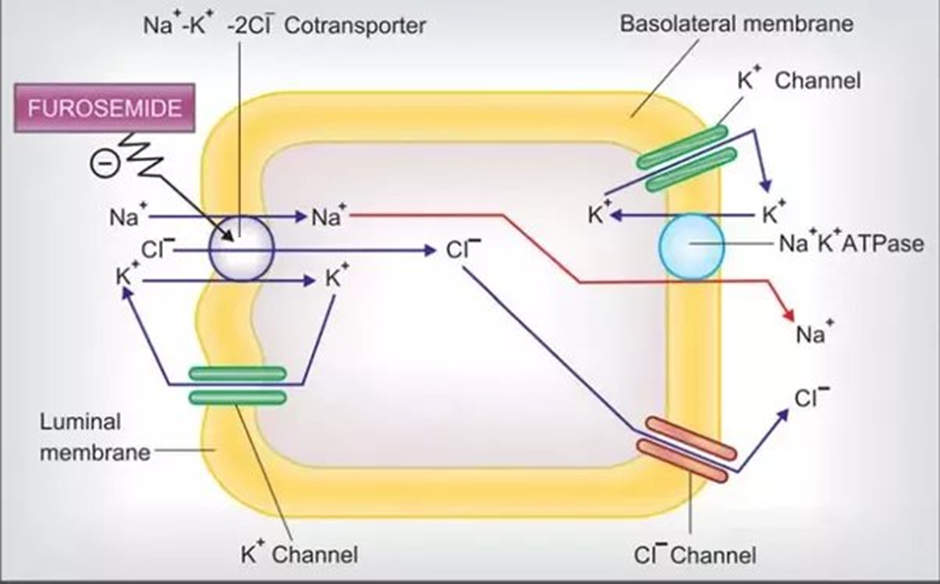A nurse recently administered filgrastim intravenously to a client who has cancer and is receiving cytotoxic chemotherapy. For which of the following data, discovered after the medication was administered, should the nurse file an incident report?
The medication vial sat at room temperature for 2 hr before it was
The client's absolute neutrophil count was 2,500/mm3 before the medication was administered.
The nurse flushed the client's IV line with dextrose 5% in water before and after the medication was administered.
The client had chemotherapy 12 hr before the medication was administered.
The Correct Answer is A
Choice A Reason:
The medication vial sat at room temperature for 2 hr before it was administered is correct. Medications like filgrastim typically have specific storage requirements, including temperature control. Allowing the medication vial to sit at room temperature for an extended period may compromise its stability or effectiveness, leading to potential concerns regarding medication safety. Reporting incidents related to improper medication storage is essential to ensure patient safety and prevent similar occurrences in the future.
Choice B Reason:
The client's absolute neutrophil count was 2,500/mm3 before the medication was administered. Is incorrect. A normal or adequate absolute neutrophil count (ANC) of 2,500/mm3 before administering filgrastim is not an adverse event that requires an incident report.
Choice C Reason:
The nurse flushed the client's IV line with dextrose 5% in water before and after the medication was administered. Is incorrect. Flushing the IV line with dextrose 5% in water is a standard practice and not considered an adverse event or reason for filing an incident report.
Choice D Reason:
The client had chemotherapy 12 hr before the medication was administered. Is incorrect. The timing of previous chemotherapy administration, in this case, doesn't inherently suggest an adverse event requiring an incident report.
Nursing Test Bank
Naxlex Comprehensive Predictor Exams
Related Questions
Correct Answer is ["60"]
Explanation
Step 1: Determine the Lidocaine Concentration
- The solution contains 2 grams (2000 mg) of lidocaine in 500 mL.
- To find the amount of lidocaine per mL:
2000 mg ÷ 500 mL = 4 mg/mL
Step 2: Calculate the Total Dose per Hour
- The prescribed infusion rate is 4 mg per minute.
- In 1 hour (60 minutes), the total dose is:
4 mg/min × 60 min = 240 mg/hr
Step 3: Determine the Infusion Rate in mL/hr
- Since each mL contains 4 mg of lidocaine:
240 mg ÷ 4 mg/mL = 60 mL/hr
The nurse should set the IV pump to 60 mL/hr for the continuous IV infusion of lidocaine at a rate of 4 mg/min.
Correct Answer is B
Explanation
Choice A Reason:
Sodium 141 mEq/L is incorrect. This value is within the normal range (usually around 135-145 mEq/L).
Choice B Reason:
Potassium 2.5 mEq/ is correct. Furosemide, a loop diuretic, can lead to potassium loss through increased urine output. If a client already has a low potassium level (hypokalemia), administering furosemide can further decrease potassium levels, potentially causing or worsening hypokalemia. Hypokalemia can lead to various complications, including cardiac arrhythmias.
Choice C Reason:
WBC count 8,000/mm3 is incorrect. This value falls within the normal range for white blood cell count.
Choice D Reason:
INR 1.0: An INR of 1.0 is within the normal range for a person not on anticoagulation therapy.

Whether you are a student looking to ace your exams or a practicing nurse seeking to enhance your expertise , our nursing education contents will empower you with the confidence and competence to make a difference in the lives of patients and become a respected leader in the healthcare field.
Visit Naxlex, invest in your future and unlock endless possibilities with our unparalleled nursing education contents today
Report Wrong Answer on the Current Question
Do you disagree with the answer? If yes, what is your expected answer? Explain.
Kindly be descriptive with the issue you are facing.
